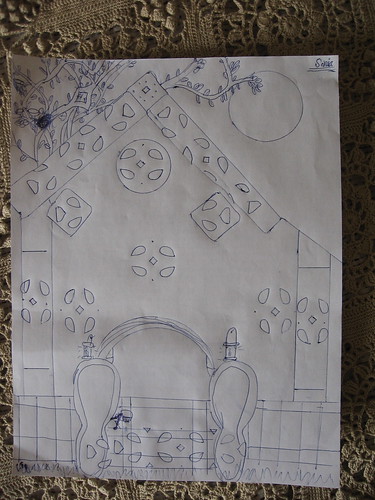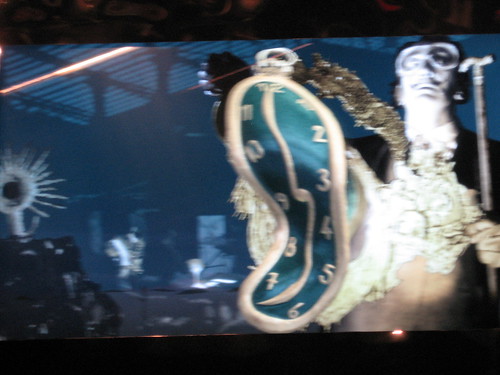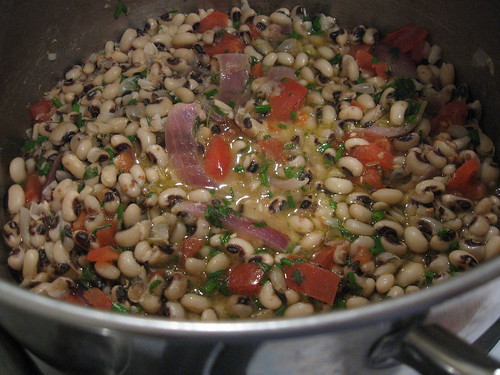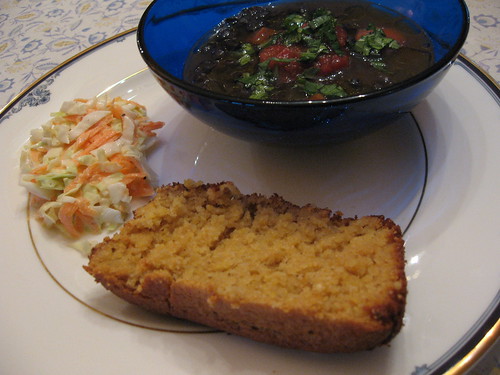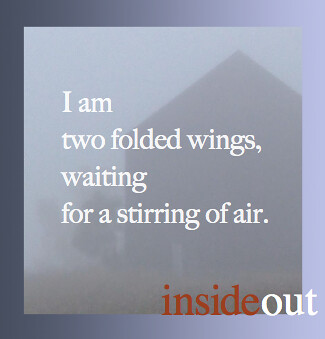Poetry as Stress Relief
If stress causes brain damage (and we don't want that), a logical question is, how do we minimize stress in our lives?
Oddly enough, it doesn't always mean we have to change our situations. Sometimes we can't. For instance, we might have a job that's causing us stress, and we don't have other immediate options. What can we do?
John Medina, author of Brain Rules, observes that the "biggest part of successful stress management involves getting control back into your life." He says that employees need a "way out" of the stress they feel at work. This could mean reorganizing one's priorities, letting go of a few things or of our visions for perfection, or being honest with co-workers about things that need to change.
And I'd like to suggest an overlooked option— the power we gain by writing. I'm sure there is research out there somewhere that proves this is true, but I can simply say from my own experience that writing helps us shape our pain, explore our emotions, unravel and refashion our thoughts.
Writing poetry is a particularly marvelous way to do this, as we narrow everything down to the bare essentials, the center, and express it in beautiful language. This is an act of supreme control and creativity where chaos may otherwise be reigning.
If you try your hand at writing poetry for stress relief, let the people who are doing Random Acts of Poetry know about it. Maybe your work will be featured sometime. And there's nothing like sweet recognition to provide a little stress relief too.
Thanks to High Calling Blogs for sharing this Billy Collins poetry video.
RELATED:
Erica's Poetry Friday
Scot McKnight's Poetry and Kathleen Norris
Labels: Brain Rules, High Calling Blogs, John Medina, poetry, Random Acts of Poetry



